
The ADAPTOR PROTEIN-3 complex mediates pollen tube growth by coordinating vacuolar targeting and organization (Plant Physiol)
Adaptor proteins (AP) are involved in sorting proteins and are able to recognize cargo and coat proteins during vesicle formation. AP-3 specifically targets protein cargoes to vacuoles. Feng et al. investigate the role of AP-3 in plant reproduction. ap-3 mutants have reduced seed set that is characterized…
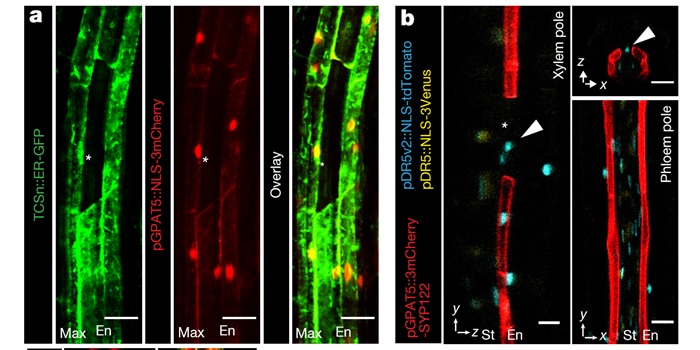
Diffusible repression of cytokinin signaling produces endodermal symmetry and passage cells (Nature)
Passage cells are a subset of interspersed root endodermal cells that are unsuberized, which is thought to aid in transport because suberin inhibits transcellular transport. In Arabidopsis, suberization follows a stereotypic pattern which responds to many stress conditions, partly mediated by abscisic…
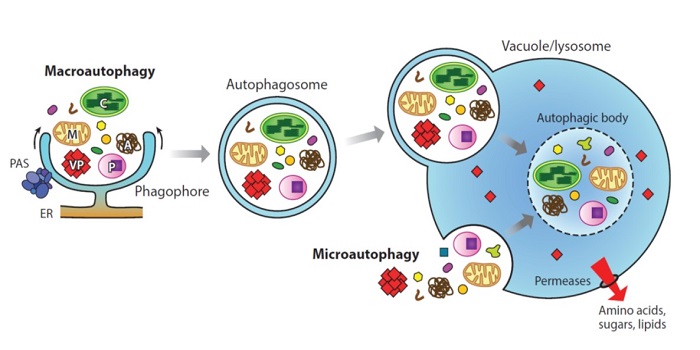
Review. Autophagy: The master of bulk and selective recycling (Annu Rev Plant Biol)
A functioning cell depends upon the appropriate production of proteins and macromolecules. The other end of the process, degradation and removal, is just as critical and just as selective. Marshall and Vierstra review autophagy (“self-eating”) in plants, connecting early work in yeast to genetic,…
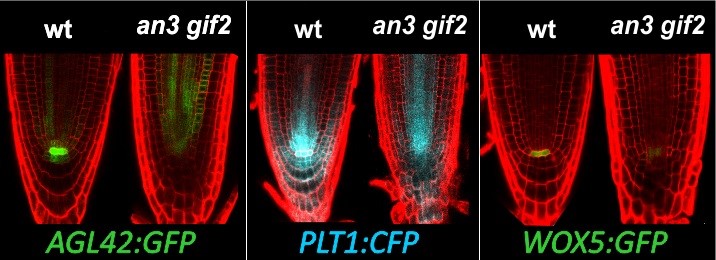
Underground Functions of GIF Genes
Ercoli et al. investigate how GIF genes control root development https://doi.org/10.1105/tpc.17.00856
By María Florencia Ercoli and Javier Palatnik
Background: Plants, unlike animals, have the ability to generate new organs throughout their life cycle. This capacity relies on meristems, which…
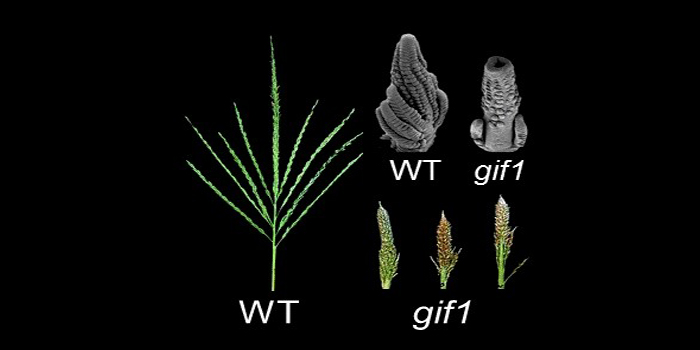
Maize Tassel Architecture
Zhang et al. show that GIF1 regulates the determinacy of meristems and controls tassel architecture in maize. The Plant Cell (2018). https://doi.org/10.1105/tpc.17.00791
Background: Plant architecture results from a balance of indeterminate and determinate cell fates. Cells with indeterminate fates…
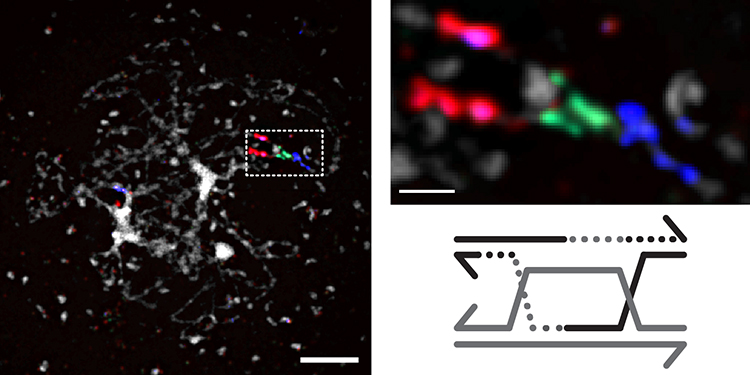
Meiotic Crossover Formation
Kurzbauer et al. discover a role for the Fanconi anemia D2 plant homogue in promoting meiotic crossover formation. https://doi.org/10.1105/tpc.17.00745
by Marie-Therese Kurzbauer and Peter Schlögelhofer
Background: Meiosis is a specialized cell division and generates the basis for genetic diversity…
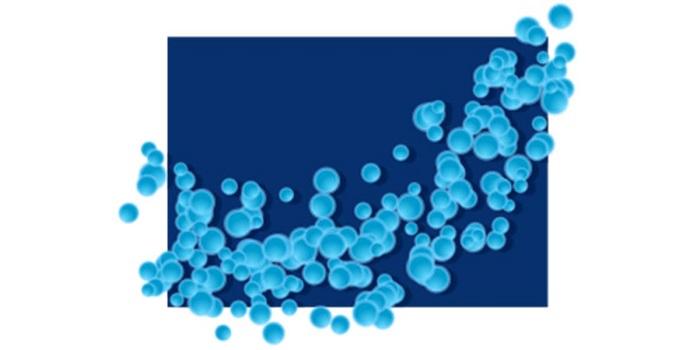
Letters: Auxin and vesicle traffic (Plant Physiol)
Three letters to Plant Physiology address the role of vesicles in auxin transport, discussing the evidence and conclusions from a recently published paper from three perspectives. Does auxin accumulate in endocytic vesicles? If so, how, and why? The Letters address both the methods used and the intrepetation…

A functional study of AUXILIN-LIKE1 and 2, two putative clathrin uncoating factors in Arabidopsis (Plant Cell)
Trafficking within a cell can occur through clathrin-mediated endocytosis (CME). CME depends upon coating plasma membrane vesicles with clathrin and adaptor proteins but the mechanism is unclear in plants. Adamowski et al. establish a means with which to study this process in order to further elucidate…
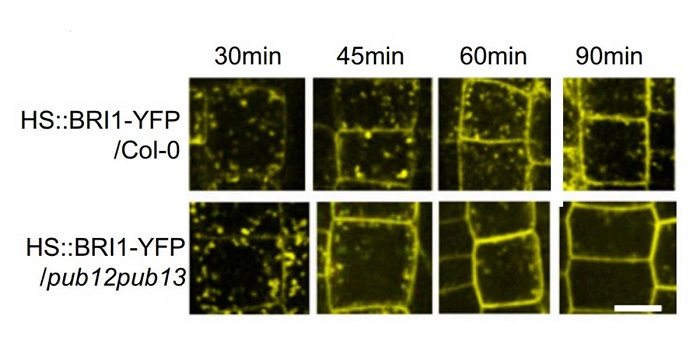
Regulation of Arabidopsis Brassinosteroid receptor BRI1 endocytosis and ubiquitination ($) (PNAS)
BRI1 (BRASSINOSTEROID INSENSITIVE1) is a plasma-membrane localized brassinosteroid (BR) receptor that is endocytosed to internal membranes following BR binding. In this study, Zhou, Liu et al. provide a mechanistic model of BRI1 endocytosis through ubiquitination. They identified two E3 ubiquitin ligases,…

